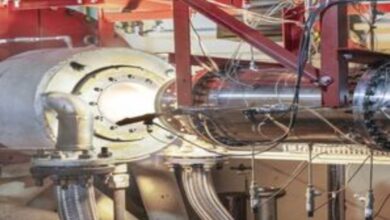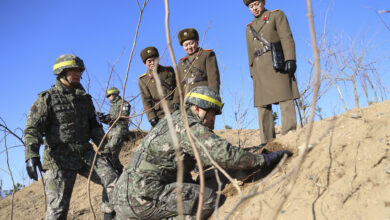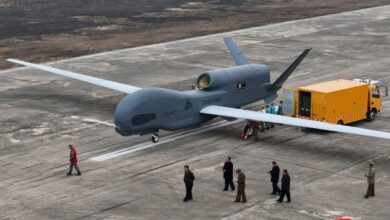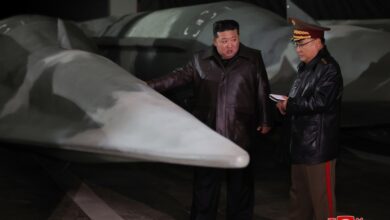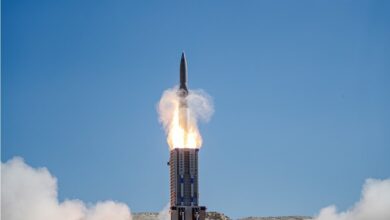North Korea Says It Tested Hypersonic Missile
North Korea has successfully tested a hypersonic missile, state media reported Thursday, in the first major weapons test by the nuclear-armed nation this year.
This was the second reported North Korean test of a hypersonic gliding missile to date — following one in September last year — as Pyongyang looks to add the sophisticated weapon to its arsenal despite international sanctions and condemnation.
Hypersonic missiles move far faster and are more agile than standard ones, making them much harder for missile defense systems — on which the United States is spending billions — to intercept.
The missile fired on Wednesday carried a “hypersonic gliding warhead” that “precisely hit a target 700 km away”, the official Korean Central News Agency (KCNA) reported, without specifying the launcher used for the test.
The launch “reconfirmed the flight control and stability of the missile in the active-flight stage and assessed the performance of the new lateral movement technique applied to the detached hypersonic gliding warhead,” KCNA said.
The test also verified the “fuel ampoule system under winter weather conditions,” it added.
Seoul and Tokyo on Wednesday had detected the launch of a suspected ballistic missile from North Korea that fell in the sea east of the Korean peninsula.
Hypersonic missiles are generally defined as traveling more than five times the speed of sound, or Mach 5.
The KCNA report did not mention the speed at which the missile traveled, and assessments of its performance from other nations have yet to be released.
Hypersonic missiles are among the “top priority” tasks in North Korea’s current five-year plan, state media said last year.
After the test of the Hwasong-8 in 2021, the South Korean military said it appeared to be in the early stages of development.
Depending on their design, hypersonic missiles can carry conventional and nuclear warheads, and have the potential to alter the strategic balance.
Russia is generally seen as the world leader in the technology, and the United States is also spending billions on it. China has tested hypersonic glide vehicles as well, according to the US Congressional Research Service.
Some experts caution that hypersonic weapons may have only limited advantages, while others warn that if North Korea fully develops the technology, it would pose a serious threat.

US Condemnation
The United States had condemned the launch prior to the KCNA report, urging Pyongyang to sit down for talks.
“This launch is in violation of multiple UN Security Council resolutions and poses a threat to the DPRK’s neighbors and the international community,” a State Department spokesperson said, referring to North Korea by its official name.
Dialogue between Washington and Pyongyang remains stalled, following the collapse of talks between North Korean leader Kim Jong Un and then US President Donald Trump in 2019.
Under Trump’s successor Joe Biden, the United States has repeatedly declared its willingness to meet North Korean representatives, while saying it will seek denuclearisation.
But Pyongyang has so far dismissed the offer, accusing Washington of pursuing “hostile” policies.
In the decade since Kim took power, North Korea has made rapid progress in its military technology, at the cost of international sanctions.
Its first weapons test of 2022 followed a year of major arms tests despite severe economic hardship during the coronavirus pandemic.
The worsening economic situation has not blunted those programs, and North Korea has continued to pursue weapons development, a UN report said in October.
Concerns have grown about a full-blown food crisis in North Korea, and a United Nations human rights expert warned in October that the most vulnerable were “at risk of starvation.”



